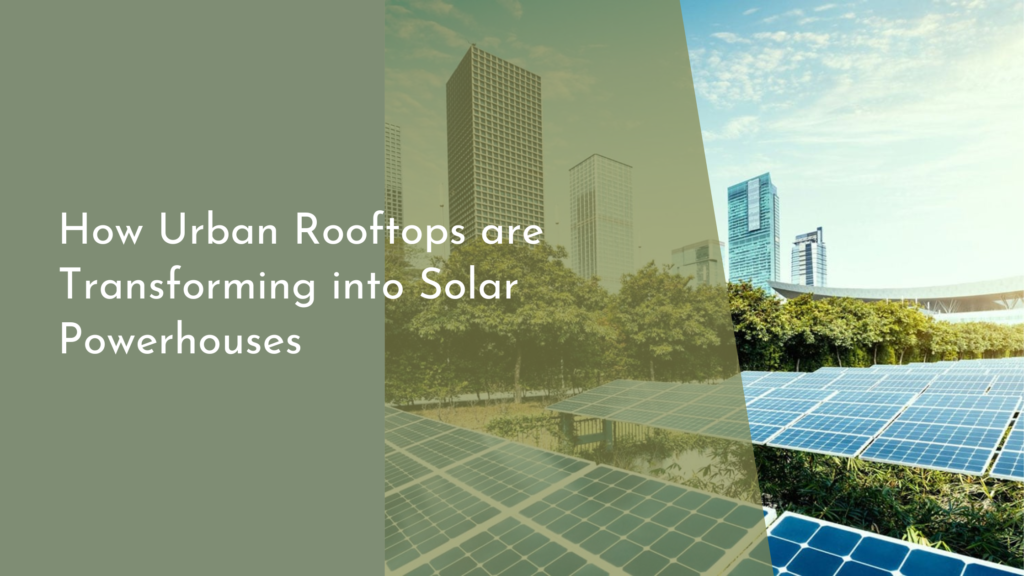Exploring biodegradable drip systems for desert farming
Desert farming has garnered increasing attention in recent years as populations rise and the demand for food intensifies. With arid environments posing unique challenges for agriculture, innovative solutions are required to ensure sustainable practices that conserve water and promote healthy ecosystems. One such breakthrough is the development of biodegradable drip systems, which not only enhance water efficiency but also contribute to maintaining soil health. This article explores the necessity of sustainable desert farming, delves into the mechanics of biodegradable drip systems, outlines their benefits in arid regions, and highlights success stories where these systems have been effectively implemented.
Understanding the Need for Sustainable Desert Farming
The world is witnessing alarming consequences of climate change and population growth, particularly in desert regions where agriculture struggles to thrive. As conventional farming techniques prove unsustainable, the need for innovative solutions that preserve water and enhance soil fertility becomes pressing. These dry landscapes often face severe challenges, including limited water resources, poor soil quality, and extreme temperatures. To address these issues, sustainable desert farming practices are essential, focusing on resilience, resource conservation, and long-term ecological balance.
Sustainable desert farming not only aims to maximize crop yield but also to minimize the environmental impact of agricultural practices. By adopting methods that prioritize water efficiency and soil health, farmers can cultivate crops in harmony with the natural ecosystem. The integration of biodegradable drip systems into these practices represents a significant step toward achieving a more sustainable approach, ensuring that both farmers and the environment can thrive together.
What Are Biodegradable Drip Systems and How They Work
Biodegradable drip systems are innovative irrigation solutions designed to deliver water directly to the roots of plants while minimizing waste and environmental impact. Unlike traditional plastic drip lines, which can contribute to pollution and require costly removal, biodegradable systems are made from natural materials that decompose over time. This means that once the system has reached the end of its life cycle, it can break down into harmless substances, enriching the soil rather than detracting from it.
These systems function by utilizing a network of tubes that provide a controlled flow of water directly to crops. The technology allows for precise irrigation, reducing water evaporation and runoff, which is crucial in desert environments. By ensuring that water and nutrients are delivered where they are most needed, biodegradable drip systems not only promote healthier crops but also optimize water usage, a vital resource in arid regions.
Benefits of Using Biodegradable Systems in Arid Regions
The adoption of biodegradable drip systems in desert farming comes with a plethora of benefits. First and foremost, these systems drastically reduce water wastage, which is critical in areas where every drop counts. By delivering moisture directly to the root zones of plants, farmers can achieve significant water savings while still maintaining crop productivity. This efficiency is particularly important in drought-prone regions, where water scarcity is an ongoing concern.
In addition to water conservation, biodegradable drip systems contribute positively to soil health. As they decompose, the materials release organic matter that enriches the soil, leading to improved structure, fertility, and microbial activity. This naturally boosts plant health and resilience, making crops less susceptible to pests and diseases. Moreover, the reduced reliance on synthetic materials aligns with eco-friendly farming practices, creating a win-win situation for both farmers and the environment.
Success Stories: Biodegradable Drip Systems in Action
Around the globe, numerous success stories highlight the effectiveness of biodegradable drip systems in desert farming. In regions like the Middle East and North Africa, farmers have reported increased crop yields and improved water efficiency after implementing these systems. For instance, a project in Tunisia showcased how the integration of biodegradable drip irrigation led to a dramatic decrease in water usage by up to 50%, while simultaneously enhancing the quality of harvested crops. This has not only improved food security but also empowered local farmers by increasing their profitability.
Moreover, in regions like California’s Central Valley, innovative farmers have started using biodegradable drip systems to cultivate specialty crops in arid conditions. Their commitment to sustainable practices has garnered attention, inspiring other growers to adopt similar technologies. As a result, the agricultural landscape is shifting towards more environmentally responsible practices, showcasing the potential for widespread change in desert farming through the use of biodegradable irrigation systems.
The exploration of biodegradable drip systems in desert farming reveals a promising path toward sustainable agriculture in some of the world’s most challenging environments. By prioritizing water efficiency, soil health, and eco-friendly practices, these systems are not only benefiting farmers but also fostering positive environmental outcomes. As we confront the realities of climate change and food scarcity, innovations like biodegradable drip systems will play a crucial role in ensuring a sustainable future for agriculture in arid regions. With continued support and collaboration, the dream of thriving desert farms can become a reality, paving the way for a greener, more resilient planet.

